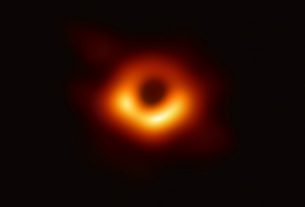NASA has just awarded several contracts aimed at demonstrating the potential of nuclear fission systems to power lunar infrastructures. The agency and the US Department of Energy have selected three design proposals that could be deployed on the Moon by the end of the decade to support the Artemis lunar exploration program.
NASA and its partners aim to permanently establish themselves on and around the Moon by the end of the 2020s as part of the Artemis program. Eventually, astronauts will be able to stay on site inside a permanent base to explore and exploit the lunar environment. This raises the question of energy, among other challenges inherent in such a project.
For several months, NASA and the US Department of Energy have been considering the idea of relying on nuclear fission. This choice is no accident. This type of system could indeed generate enough energy to sustain a manned base. Unlike solar panels, it could also operate continuously in shaded craters and during lunar nights that last for two Earth weeks.
A demonstration of such systems on the Moon would also pave the way for long-duration missions to Mars. “Developing these early designs will help us lay the foundation for our long-term human presence on other worlds,” said Jim Reuter, associate administrator for NASA’s Space Technology Missions Directorate.
Three new contracts
For now, it’s just an idea on paper. Now NASA and the US government want something concrete. A few days ago, three companies made a commitment to the American agency to “provide critical information that could lead to the joint development of a fully flight-certified fission energy system” over the next twelve months. .
Each of these contracts is valued at approximately five million dollars. The selected teams are led by Lockheed Martin, Westinghouse and IX (a joint venture between Intuitive Machines and X-Energy).
The recently announced contracts are in addition to other nuclear space initiatives aimed at advancing the U.S. government’s work in lunar exploration and deep space in general. On May 17, the US Defense Innovation Unit announced two contracts to develop and test new nuclear energy systems in space. The ultimate goal is an orbital flight demonstration in 2027. Earlier, the US Defense Advanced Research Projects Agency (DARPA) also announced the next stage of a design, development and assembly project of a nuclear thermal rocket engine for flight demonstration in Earth orbit in 2026.

Email: mary@satprwire.com Phone: +44 20 4732 1986
Marry is a fitness freak in every manner and gives proper care about her health and of others. She is probably the best person we have at Daily Research News for covering articles from the Health sector. If not at work, she can be seen drinking a cup of coffee.



